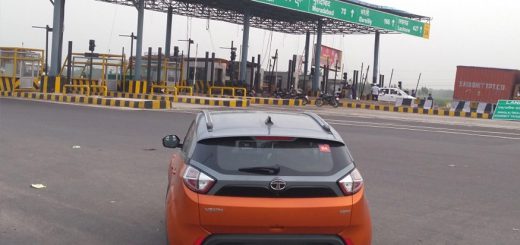Full Truckload (FTL) Versus Less Truckload (LTL)
Due to the variety of alternatives available, shipping freight might appear to be a highly complicated procedure. Given that Full Truckload (FTL) and Less Truckload (LTL) shipping are two of the most often utilized modes of transportation, it is crucial to comprehend the distinctions between the two. When choosing between an FTL and LTL, shippers must take into account size, speed, and cost. To determine which shipping option is most suitable for you, listed below are the primary distinctions between FTL and LTL shipments.
There are four primary criteria by which FTL and LTL shipments vary from one another:
Size
When shipping freight, size is the most important factor to consider. Full Truckload and Less Than Truckload are terms that go without saying and denote exactly what they do. LTL shipments are generally smaller packages weighing between 100 and 5,000 pounds. There will be room for other tiny shipments because this smaller cargo won’t occupy the full vehicle. FTL cargoes, on the other hand, frequently weigh 20,000 pounds or more and take up most to all of a truck. Between 5,000 and 10,000-pound shipments can be occasionally transported either LTL or FTL. Such shipments are frequently referred to as “volume LTL” shipments when they move LTL, and as “partial TL” shipments when they go FTL (read more about Volume LTL and Partial TL here).

Price
LTL shipments are less expensive since you only pay for the space you utilize because they take up less space and make room for additional shipments. Because you are paying for extra room in the truck, FTL shipments occupy the majority of the vehicle and are more expensive. Making the correct choice between an FTL and an LTL is essential because, if you pick the incorrect route, you can find up paying for space you aren’t even utilizing.
Time
FTL can be the best option if you’re in a rush and need things transported swiftly. LTL shipments may require many pauses and transfers before they arrive at their final destination since they include more than just your product. Typically, FTL shipments pick up and deliver on the same vehicle resulting in a speedier delivery time.
Handling
You must consider both how quickly you need a cargo to get delivered and how delicate or high-risk the shipment is.
When using FTL shipping, your package will remain on the same vehicle and won’t get moved. When sending FTL, this lowers the possibility of damaged or lost products. On the other side, LTL shipments might change vehicles or get moved around a lot before delivery, raising the chance of products getting damaged or going missing.
Wrapping Up
For your business to save time and money, selecting the right delivery method is essential. Although each method has advantages and disadvantages, depending on your goods, one will show to be more suitable for your needs. Check TruckSuvidha for affordable quotes on both shipping options before deciding whether less than truckload shipping or full truckload is ideal for your needs.
Visit www.trucksuvidha.com for more details.




Recent Comments